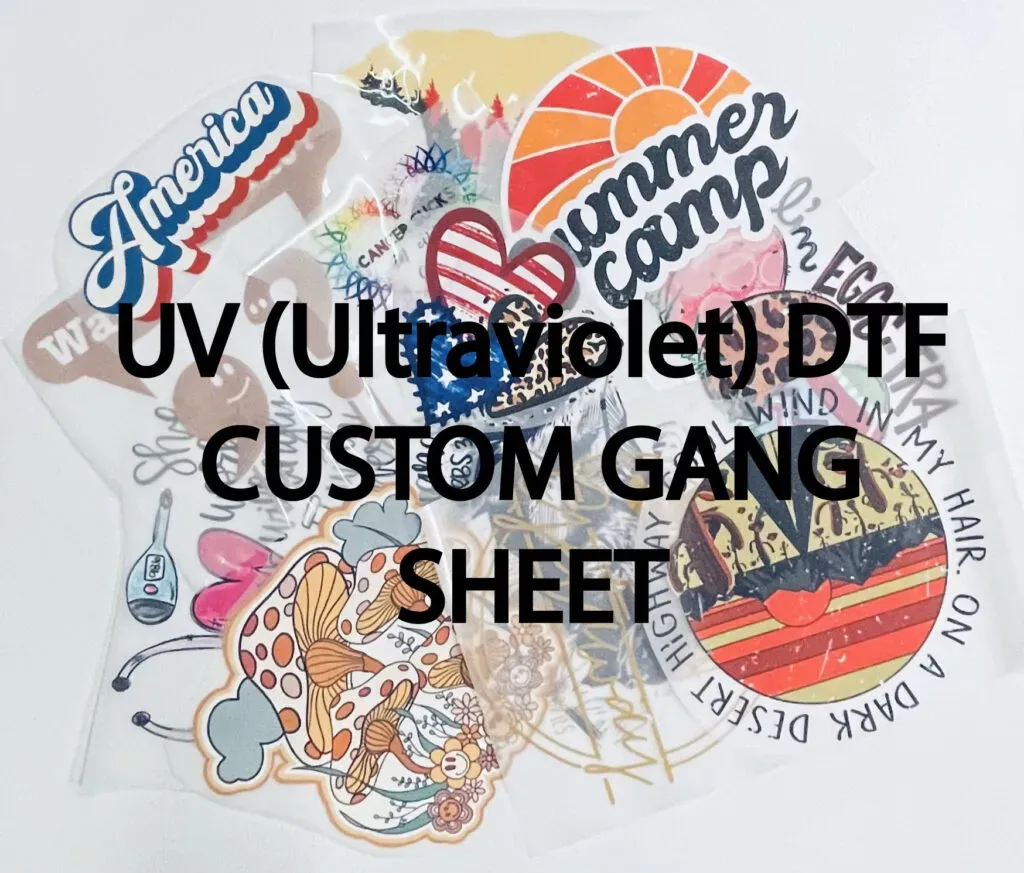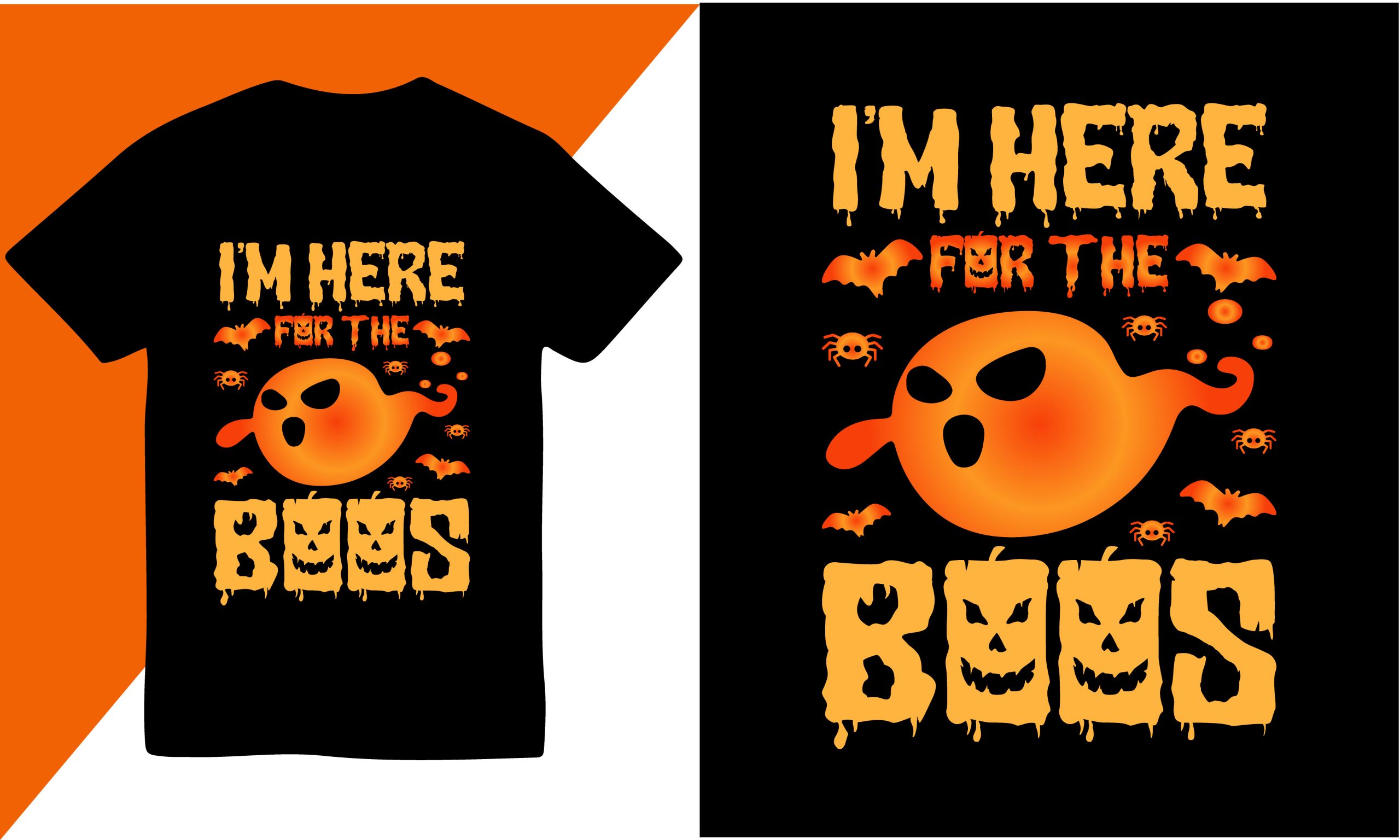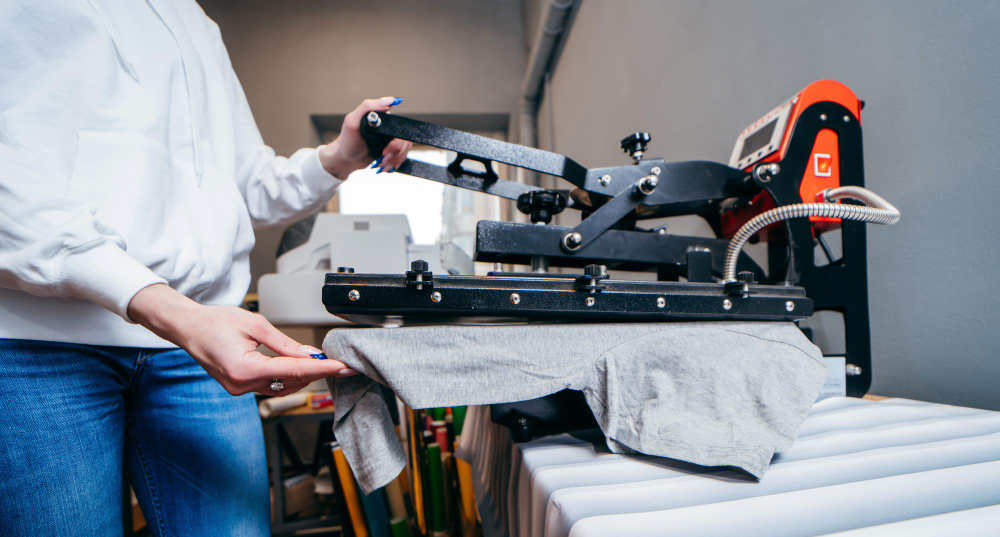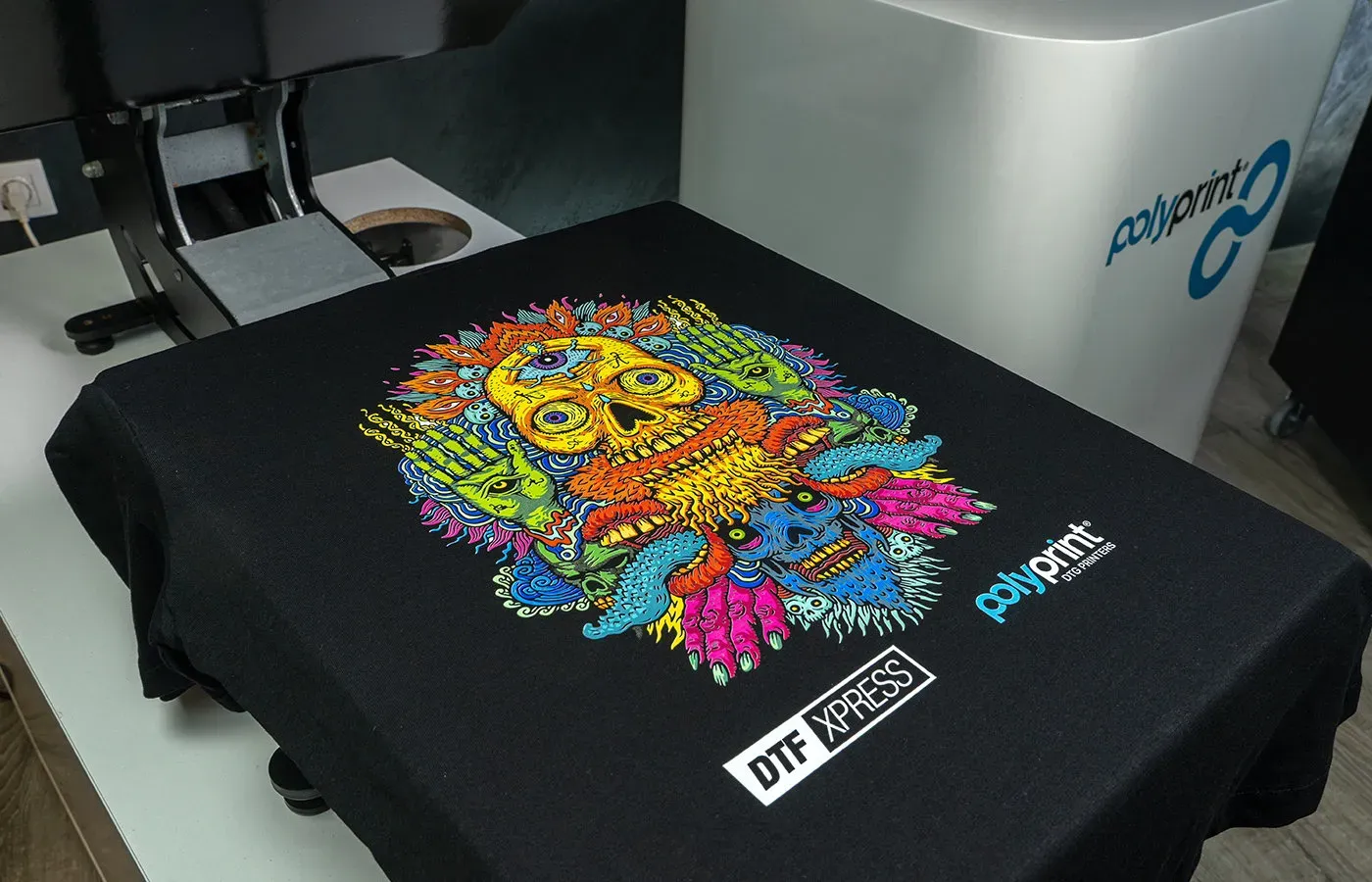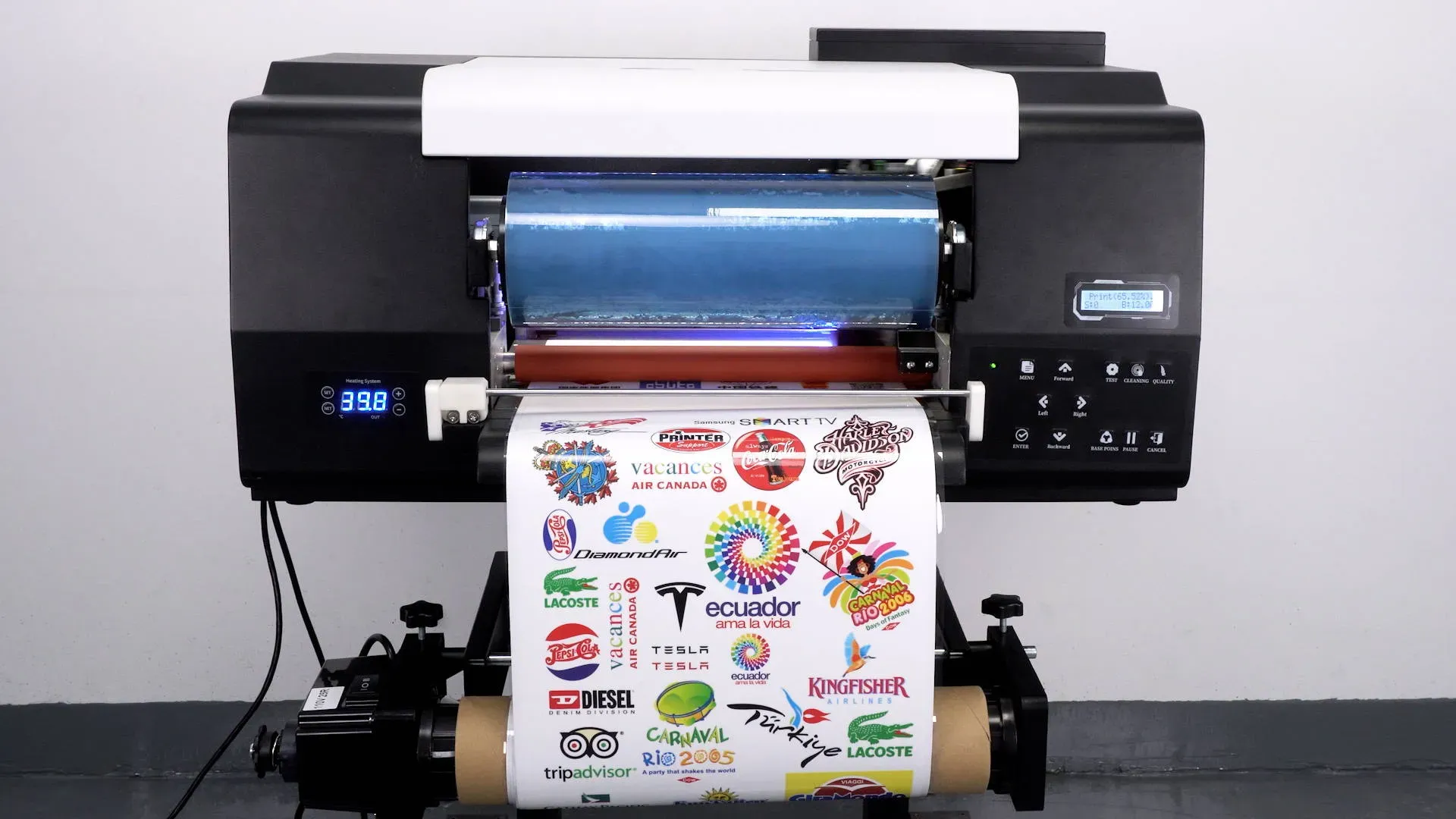DTF Printing: The Future of Custom Apparel Technology
DTF printing, short for Direct-to-Film printing, is revolutionizing the landscape of custom apparel printing by offering high-quality, vibrant designs that adhere seamlessly to various fabrics. This innovative technique, which utilizes unique DTF transfers, enhances the possibilities of apparel customization, making it accessible and efficient for businesses of all sizes. With DTF technology, brands can achieve remarkable print quality while significantly reducing production time. As a result, companies can cater to the growing consumer demand for personalized products without sacrificing quality. Join us as we delve into the exciting realm of DTF printing and discover how it’s shaping the future of fashion.
The term Direct-to-Film printing refers to a cutting-edge method that is quickly gaining traction within the custom apparel sector. This printing approach employs specialized film that transfers detailed graphics onto garments with impressive durability and color retention. As advancements in apparel customization unfold, many industry insiders are recognizing the benefits of this novel printing solution. The DTF process not only simplifies the workflow for printers and designers but also enhances the final product’s appeal to consumers seeking unique clothing options. Exploring the intricacies of this technology provides a glimpse into the future of textile printing and its potential impact on the fashion industry.
Defining DTF Printing and Its Advantages
Direct-to-Film (DTF) printing stands as a revolutionary technique in the realm of custom apparel printing. By utilizing a specialized film as the medium, it enables designers to create vibrant graphics that are then transferred onto fabrics through heat application. This method not only produces high-resolution images but also allows for intricate designs to flourish, showcasing the true essence of creative expression. Unlike traditional printing methods that often require complex preparation, DTF technology simplifies the process, making it more accessible for small business owners and entrepreneurs.
The benefits of DTF printing extend beyond mere aesthetics. One of its standout features is the durability of the prints; they can withstand numerous washes without fading, which is crucial for items that are frequently laundered. Moreover, DTF printing is incredibly versatile, capable of adhering to various fabric types, including cotton, polyester, and blends. This flexibility opens up a world of opportunities for apparel customization, catering to a diverse range of tastes and styles in the marketplace.
Emergence of Key Players in DTF Printing
As the demand for custom apparel printing surges, several companies have emerged as significant contributors to the development of DTF technology. For instance, Sam’s DTF Transfers has made a name for itself by providing premium DTF services tailored to meet the needs of brands of all sizes. Their innovative approach, which includes no minimum order requirements, empowers small businesses to venture into the world of custom printing without facing substantial financial barriers. This accessibility is paving the way for more entrepreneurs to tap into the growing custom apparel market.
Another key player is xTool, which has recently showcased its next-generation DTF printer at industry events. By focusing on technological advancements, xTool has managed to optimize the printing process, ensuring faster speeds and higher print quality. Such innovations are crucial for meeting the fast-paced demands of e-commerce, where quick turnaround times can make or break a business. The competitive landscape in DTF printing is vibrant and evolving, with companies like Insta Graphic Systems introducing new products that underscore their commitment to quality and innovation.
Why DTF Printing Is Ideal for E-Commerce
As e-commerce continues to dominate the retail landscape, DTF printing emerges as an ideal solution for online apparel businesses. One of the standout features of DTF technology is its cost-effectiveness. With no set minimum orders and the ability to customize designs for various customers, businesses can produce one-off items or small batches without incurring prohibitive costs. This flexibility is essential for new brands trying to carve their niche in a saturated market.
Moreover, the speed and efficiency of DTF printing align perfectly with the demands of e-commerce. Retailers can respond quickly to trends and customer requests, fulfilling orders in shorter time frames. This responsiveness not only enhances customer satisfaction but also boosts the brand’s reputation. As personalization becomes a key driver for consumer purchases, DTF printing facilitates a streamlined approach to creating highly customized apparel, making it an invaluable asset for online sellers.
Sustainable Practices in DTF Technology
Sustainability is at the forefront of contemporary consumer considerations, and DTF printing aligns well with these values. Unlike traditional screen printing, which can be resource-intensive, DTF technology utilizes less water and energy throughout the printing process. This eco-friendly feature makes it an appealing alternative for brands looking to reduce their environmental footprint while still producing high-quality custom apparel.
Furthermore, the materials used in DTF transfers are designed to be more environmentally responsible. As consumers increasingly seek out sustainable options, businesses that adopt DTF printing can capitalize on this trend. By integrating DTF technology into their production processes, brands not only meet consumer demands for sustainability but also position themselves as forward-thinking leaders in the industry.
The Innovative Technology Behind DTF Printing
The advancements in DTF printing technology are fundamentally changing the landscape of custom apparel. Innovations in print head technology, advanced inks, and specialized transfer films have all contributed to the superior quality of DTF outputs. The precision that DTF printers offer ensures that even the most intricate designs can be reproduced with clarity and vibrancy, making them an attractive option for designers and brands alike.
Additionally, the integration of automation into DTF printing processes is enhancing operational efficiency. Automated systems allow for faster production rates, reducing the time needed to complete orders while minimizing human error. As the technology continues to evolve, we can expect even more enhancements that will facilitate seamless production workflows, enabling businesses to scale their operations without compromising on quality.
Future Prospects of DTF Printing in Custom Apparel
Looking ahead, the future of DTF printing in the custom apparel industry appears promising. With technological advancements driving improvements in print quality and efficiency, DTF is positioned to become the preferred method for many businesses. The combination of vibrant prints, cost-effective solutions, and rapid production capabilities identifies DTF printing as a transformative force that can redefine consumer expectations and industry standards.
As brands increasingly recognize the potential of DTF printing, investment in this technology is likely to grow. Companies leading the charge, such as Sam’s DTF Transfers and xTool, are setting the stage for widespread adoption of DTF techniques across numerous sectors. The ability to create customizable apparel on demand will pave the way for a more engaged and personalized shopping experience, reshaping how consumers interact with fashion.
Frequently Asked Questions
What is DTF printing and how does it work?
DTF printing, or Direct-to-Film printing, is a process where designs are printed onto a special film that is then heat-pressed onto fabrics. This method offers vibrant, durable prints and simplifies the printing process, making it a preferred choice for custom apparel printing.
What are the advantages of using DTF transfers for custom apparel?
The advantages of DTF transfers include their ability to create high-quality, vibrant prints that endure multiple washes, flexibility across various fabric types, and minimal setup requirements. This makes DTF printing ideal for businesses seeking efficient custom apparel solutions.
How does DTF technology compare to traditional printing methods like DTG and screen printing?
Compared to DTG (Direct-to-Garment) and screen printing, DTF technology offers quicker setup times, no need for extensive pre-treatment of garments, and can handle a wider variety of fabrics, making it a versatile and efficient choice for custom apparel printing.
Can small businesses benefit from DTF printing for their custom apparel needs?
Absolutely! DTF printing is perfect for small businesses due to its no-minimum order policy and cost-effective solutions. This allows them to create customized apparel without significant investment, enabling flexibility in production.
What types of fabrics can be used with DTF printing?
DTF printing is highly versatile and can be applied to a wide range of fabrics, including cotton, polyester, and various blends. This makes it suitable for different styles of custom apparel and enhances its usability in the fashion industry.
Is DTF printing an eco-friendly option for custom apparel?
Yes, DTF printing is considered a more sustainable option compared to traditional screen printing as it uses less water and energy. This aligns with the growing trend towards environmentally friendly practices in the custom apparel industry.
| Key Points | Explanation |
|---|---|
| Definition of DTF Printing | DTF printing stands for Direct-to-Film printing, a process where designs are printed on a special film and then heat-pressed onto fabric. |
| Advantages over Other Methods | DTF provides vibrant, durable prints without extensive pre-treatment, streamlining production compared to DTG and screen printing. |
| Recent Innovations | Key players like Sam’s DTF Transfers, xTool, and Insta Graphic Systems are launching new services and products to enhance DTF technology and offer tailored solutions. |
| Cost-Effectiveness | DTF lowers barriers for small businesses with no minimum orders and customization options, making it accessible and affordable. |
| Speed and Efficiency | The technology allows for faster turnaround times, crucial for e-commerce businesses’ quick fulfillment needs. |
| Versatility | DTF prints can be used on various fabrics like cotton and polyester, providing unmatched versatility. |
| Sustainability | DTF printing consumes less water and energy than traditional methods, adhering to more sustainable practices in printing. |
Summary
DTF printing is revolutionizing the custom apparel market, bringing forth innovative methods to meet modern consumer demands. By allowing for high-quality, durable prints that are applied seamlessly to a variety of fabrics, this technology is set to elevate the entire process of custom clothing production. As companies invest in DTF printing, they not only enhance their operational efficiency but also align with sustainability initiatives, highlighting their commitment to eco-friendly practices. The advancements showcased by leading brands in this field signify a promising trajectory, as DTF printing fills an essential niche in the burgeoning world of personalized apparel. Embracing DTF technology means embracing the future of fashion, where customization, efficiency, and sustainability go hand in hand.


